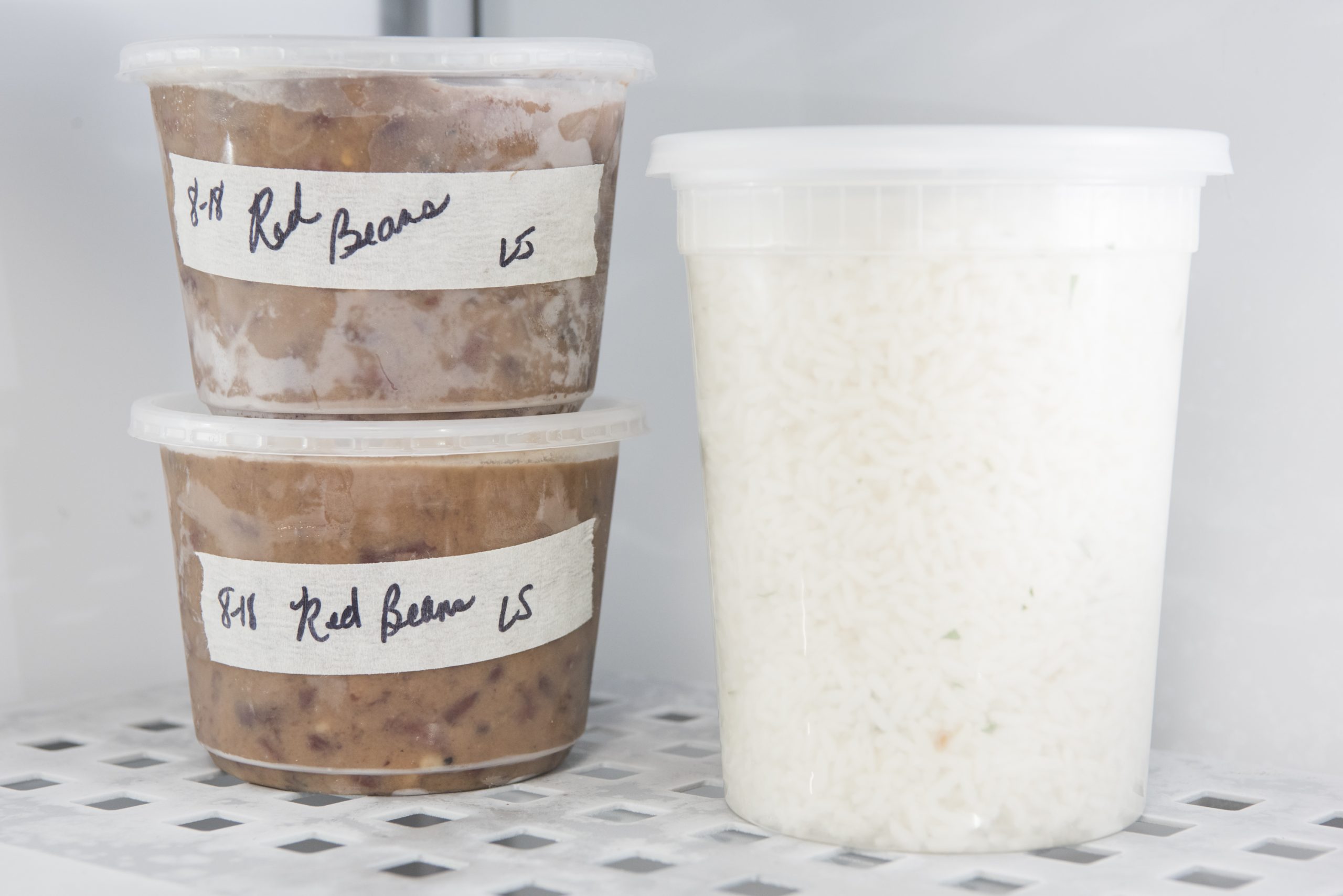

Articles
How Long Do Beans Last In The Freezer
Modified: August 27, 2024
Discover how long articles about storing beans in the freezer last and ensure you always have fresh beans on hand for your favorite recipes.
(Many of the links in this article redirect to a specific reviewed product. Your purchase of these products through affiliate links helps to generate commission for Storables.com, at no extra cost. Learn more)
Introduction
Freezing beans is a great way to preserve their freshness and extend their shelf life. Whether you grow your own beans or buy them in bulk, freezing them can ensure that you never run out of this nutritious and versatile ingredient. However, it’s important to understand how long beans last in the freezer and how to properly store them to maintain their quality.
Beans are nutritious legumes that are packed with fiber, protein, and essential vitamins and minerals. They come in various types including black beans, pinto beans, kidney beans, chickpeas, and many others. While canned beans are widely available, freezing fresh or cooked beans allows you to control the ingredients and avoid added preservatives or sodium.
The shelf life of frozen beans can vary depending on several factors such as the type of beans, the quality of the beans before freezing, and the storage conditions. In this article, we will explore the factors that affect bean shelf life in the freezer, proper storage techniques, recommended storage durations for different types of beans, signs of spoilage to watch out for, tips for using frozen beans, and how to properly thaw and cook them.
By the end of this article, you will have a comprehensive understanding of how long you can expect your beans to last in the freezer and how to maximize their quality and flavor.
Key Takeaways:
- Proper storage techniques and following recommended storage durations are crucial for maintaining the quality and flavor of frozen beans, ensuring their nutritional value and delicious taste for an extended period.
- Frozen beans offer convenience and versatility in various dishes, allowing for quick and easy usage without the need for thawing, while also providing opportunities for creative culinary exploration.
Read more: How Long Do Muffins Last In The Freezer
Factors Affecting Bean Shelf Life in the Freezer
The shelf life of beans in the freezer can vary depending on several factors:
- Quality of the Beans: The quality of the beans before freezing plays a significant role in how long they will last. It is important to use fresh, high-quality beans that are free from any signs of spoilage or damage. Beans that are old, discolored, or have a strange odor should not be frozen as they might not retain their flavor and texture.
- Packaging: Proper packaging is crucial for maintaining the quality of frozen beans. Air and moisture are the enemy when it comes to freezing, as they can cause freezer burn and spoilage. It is recommended to use airtight containers or freezer bags designed for freezing food. Squeeze out as much air as possible before sealing the container or bag to minimize the risk of freezer burn.
- Storage Temperature: The temperature at which beans are stored in the freezer also affects their shelf life. It is essential to set the freezer temperature at or below 0°F (-18°C) to ensure the beans remain frozen and do not thaw partially. Fluctuations in temperature can compromise the quality of the beans and promote freezer burn.
- Storage Duration: While freezing can significantly extend the shelf life of beans, it is important to note that they are not immortal. Over time, even in the freezer, beans can gradually lose their quality and develop freezer burn. It is recommended to consume frozen beans within a certain timeframe to enjoy their optimal flavor and texture.
- Preparation Methods: The way beans are prepared before freezing can also impact their shelf life. Properly blanching or cooking the beans before freezing can help preserve their texture and flavor. Blanching involves briefly boiling the beans and then transferring them to an ice bath to stop the cooking process. This step helps preserve the color, texture, and nutrients of the beans.
By taking these factors into consideration and following proper storage techniques, you can maximize the shelf life of beans in the freezer and enjoy their deliciousness for many months to come.
Proper Storage Techniques for Beans in the Freezer
Proper storage techniques are essential for maintaining the quality of beans in the freezer. Here are some tips to help you store beans effectively:
- Clean and Dry: Before freezing, make sure to clean the beans thoroughly to remove any dirt or debris. Rinse them under cold water and pat them dry with a clean kitchen towel or paper towels. Excess moisture can lead to freezer burn, so it’s important to ensure the beans are completely dry before freezing.
- Divide into Portions: Consider dividing your beans into portion sizes that are suitable for your needs. This will make it easier to thaw and use only the amount you need without having to defrost the entire batch. Consider portioning them into freezer-safe bags or containers.
- Label and Date: Always label your containers or bags with the type of beans and the date of freezing. This will help you keep track of the storage duration and ensure you use the oldest beans first.
- Airtight Packaging: Use airtight containers or freezer bags to prevent air and moisture from reaching the beans. Squeeze out as much air as possible from the bags before sealing them. This will help minimize the risk of freezer burn and maintain the quality of the beans.
- Stacking and Organization: Arrange the bags or containers in a flat, stackable manner to maximize freezer space. This will make it easier to access and retrieve the beans when you need them. Consider organizing them by type or portion size for added convenience.
- Cold Temperature: Ensure that your freezer is set to a temperature of 0°F (-18°C) or below. Keeping the beans at this temperature will help maintain their freshness and prevent any potential growth of harmful bacteria.
- Avoid Freezer Door: It’s best to store beans away from the freezer door as it is more prone to temperature fluctuations. This will help maintain a consistent temperature and reduce the risk of thawing and refreezing.
By following these proper storage techniques, you can ensure that your frozen beans remain in optimal condition and maintain their flavor and texture for an extended period of time.
Recommended Storage Duration for Different Types of Beans
The recommended storage duration for different types of beans can vary due to their individual characteristics. While freezing can extend the shelf life of beans, it is important to consume them within a reasonable timeframe to ensure the best quality. Here are some guidelines for the storage duration of common types of beans:
- Black Beans: Black beans can typically be stored in the freezer for up to 6 months. However, it is best to consume them within 3-4 months for the best flavor and texture.
- Pinto Beans: Pinto beans have a similar storage duration as black beans. They can be stored in the freezer for up to 6 months, but it is recommended to use them within 3-4 months.
- Kidney Beans: Kidney beans can be stored frozen for up to 8 months, but for the best quality, it is advised to consume them within 4-6 months.
- Chickpeas (Garbanzo Beans): Chickpeas can be stored in the freezer for approximately 8-12 months. However, it is recommended to use them within 6-9 months for optimal flavor and texture.
- Great Northern Beans: Great Northern beans can be stored in the freezer for up to 8-10 months. To enjoy them at their best, it is advisable to consume them within 6-8 months.
- Lentils: Lentils can typically be stored in the freezer for up to 12 months. However, they are best consumed within 8-10 months for optimal taste and texture.
It’s important to note that these storage durations are approximate and can vary depending on the quality of the beans, the storage conditions, and personal preferences. It is always recommended to inspect the beans for any signs of spoilage before consumption.
By following these storage guidelines, you can ensure that your frozen beans retain their flavor, texture, and nutritional value for an extended period of time.
To maximize the shelf life of beans in the freezer, make sure to store them in an airtight container or freezer bag to prevent freezer burn. Properly stored, beans can last in the freezer for up to 6 months.
Signs of Spoilage in Frozen Beans
While freezing helps prolong the shelf life of beans, it is important to be aware of signs of spoilage. Frozen beans can still deteriorate over time, and consuming spoiled beans can lead to foodborne illnesses. Here are some signs to look out for to determine if your frozen beans have gone bad:
- Bad Odor: If your frozen beans have a foul or off-putting odor, it is a clear indication that they have spoiled. Trust your senses and discard any beans with a strange or unpleasant smell.
- Discoloration: Beans that have developed significant discoloration, such as darkening or unusual spotting, may have experienced freezer burn or have undergone chemical changes. Discolored beans are a sign of deterioration and should not be consumed.
- Texture Changes: Frozen beans should have a firm texture that holds up when cooked. If the beans have become mushy, slimy, or have a grainy texture, it’s a clear sign of spoilage. Discard any beans that have undergone significant texture changes.
- Ice Crystals: While small ice crystals on frozen beans are normal, large or excessive ice crystals can indicate that the beans have been thawed and refrozen multiple times. This can affect the quality and flavor of the beans, so it is best to avoid consuming beans with visible ice crystals.
- Mold or Growth: Visible mold, growth, or any signs of microbial contamination on the beans are clear indicators of spoilage. Moldy beans should be discarded immediately to prevent the spread of harmful bacteria.
If you notice any of these signs of spoilage in your frozen beans, it is best to err on the side of caution and discard them to avoid any potential health risks. When in doubt, trust your senses and prioritize food safety.
Proper storage techniques and consuming the beans within the recommended storage duration can help minimize the risk of spoilage. Regularly inspect your frozen beans for any signs of deterioration to ensure that you only consume beans that are safe and of high quality.
Read more: How Long Do Donuts Last In The Freezer
Tips for Using Frozen Beans
Frozen beans are a convenient and versatile ingredient that can be used in a variety of dishes. Here are some helpful tips for using frozen beans:
- No Need to Thaw: Frozen beans can be used directly from the freezer without the need to thaw them. This makes them a quick and easy addition to soups, stews, stir-fries, and more.
- Adjust Cooking Time: When using frozen beans in recipes, it is important to adjust the cooking time accordingly. Since the beans are already partially cooked through the freezing process, they may require less time to cook compared to fresh beans. Keep an eye on the texture and don’t overcook them.
- Mix and Match: Don’t be afraid to mix different types of frozen beans together in a recipe. This can add a variety of flavors, textures, and colors to your dishes.
- Use in Dips and Spreads: Frozen beans can be easily mashed or blended to create delicious bean dips, spreads, or even bean-based sandwiches. Simply thaw the beans, drain any excess liquid, and process them with your desired ingredients.
- Add to Salads: Thawed frozen beans make a tasty addition to salads. You can toss them with greens, tomatoes, cucumbers, and your favorite dressings for a nutritious and vibrant meal.
- Blend into Soups and Sauces: Blend thawed frozen beans with vegetable or chicken stock to create a creamy base for soups and sauces. This adds a rich and hearty texture while boosting the nutritional content of your dish.
- Experiment with Recipes: Don’t limit yourself to traditional bean recipes. Get creative and use frozen beans in unconventional ways. Try adding them to omelets, casseroles, or even as a protein-packed topping for pizzas.
- Store Leftover Beans: If you have leftover cooked beans, freeze them in a separate container for future use. This saves you time and effort in cooking beans from scratch. Just make sure to label and date the container for easy identification.
- Enjoy the Convenience: Lastly, embrace the convenience of frozen beans. They are a time-saving option that allows you to have ready-to-use beans on hand whenever you need them, eliminating the need for soaking and cooking dried beans.
With these tips, you can make the most out of your frozen beans and enjoy their versatility in various dishes. Get creative and explore different ways to incorporate them into your favorite recipes for a nutritious and delicious meal.
Thawing and Cooking Frozen Beans
Thawing and cooking frozen beans is a straightforward process. Here’s a step-by-step guide to help you thaw and cook frozen beans:
- Thawing: To thaw frozen beans, you have a few options. The easiest and quickest method is to place the desired amount of frozen beans in a microwave-safe bowl and defrost them using the defrost setting on your microwave. Alternatively, you can transfer the frozen beans to a covered bowl and place them in the refrigerator overnight. This slow thawing method allows the beans to thaw gradually, preserving their flavor and texture.
- Drain Excess Liquid: Once the beans are fully thawed, drain any excess liquid. This step is especially important if you thawed the beans in the refrigerator overnight, as they may have accumulated some liquid during the thawing process.
- Cooking: Cook the thawed beans according to your desired recipe. If you’re using the beans in soups or stews, add them directly to the pot and allow them to simmer until heated through. If you’re using them for salads or side dishes, you may prefer to briefly sauté or steam the beans for a few minutes until tender.
- Seasoning: Season the cooked beans with your desired herbs, spices, or sauces to enhance their flavor. Be mindful of the salt content in your recipes, as frozen beans may have been pre-cooked with salt. Adjust the seasoning based on your taste preferences.
- Storage: If you have any leftovers, allow the cooked beans to cool before storing them in an airtight container in the refrigerator. They can be stored for a few days and used in future meals.
It is important to note that cooking times may vary depending on the type and size of the beans, as well as personal preference for the desired level of tenderness. Keep an eye on the beans as they cook to ensure they reach your desired texture.
By following these simple steps, you can thaw and cook your frozen beans to perfection, making them ready to use in a variety of dishes.
Conclusion
Freezing beans is an excellent way to extend their shelf life and always have this nutritious and versatile ingredient on hand. By understanding the factors that affect bean shelf life in the freezer, employing proper storage techniques, and following recommended storage durations, you can ensure that your frozen beans maintain their quality and flavor.
Proper storage techniques, such as cleaning and drying the beans before freezing, dividing them into portions, labeling and dating containers, and using airtight packaging, are essential for preserving the quality of frozen beans. Storing the beans at the recommended temperature, away from the freezer door, also helps maintain their freshness.
Each type of bean has a recommended storage duration, and it is advisable to consume the beans within that timeframe for optimal taste and texture. Regularly inspecting the beans for signs of spoilage, such as bad odor, discoloration, texture changes, ice crystals, or mold, is crucial for food safety.
When using frozen beans, remember that they can be used directly from the freezer without thawing. Adjust cooking times to avoid overcooking the beans, and don’t be afraid to get creative with recipes and incorporate them into various dishes.
In conclusion, freezing beans is an efficient way to preserve their freshness and maximize their utility in the kitchen. By following proper storage and usage techniques, you can enjoy the convenience and versatility of frozen beans while maintaining their nutritional value and delicious taste.
So go ahead, stock up on your favorite beans, freeze them properly, and enjoy the benefits of having a readily available, healthy ingredient for your culinary adventures!
Now that you've mastered freezing beans, why not enhance your kitchen savvy with our guide on keeping all your vegetables fresh and tasty? Our upcoming article on the best vegetable storage solutions for 2024 is packed with practical advice and innovative storage ideas. From crisp lettuce to vibrant carrots, learn how to extend the freshness of your produce effectively. Perfect for anyone looking to streamline their kitchen and waste less food, this guide is a must-read!
Frequently Asked Questions about How Long Do Beans Last In The Freezer
Was this page helpful?
At Storables.com, we guarantee accurate and reliable information. Our content, validated by Expert Board Contributors, is crafted following stringent Editorial Policies. We're committed to providing you with well-researched, expert-backed insights for all your informational needs.


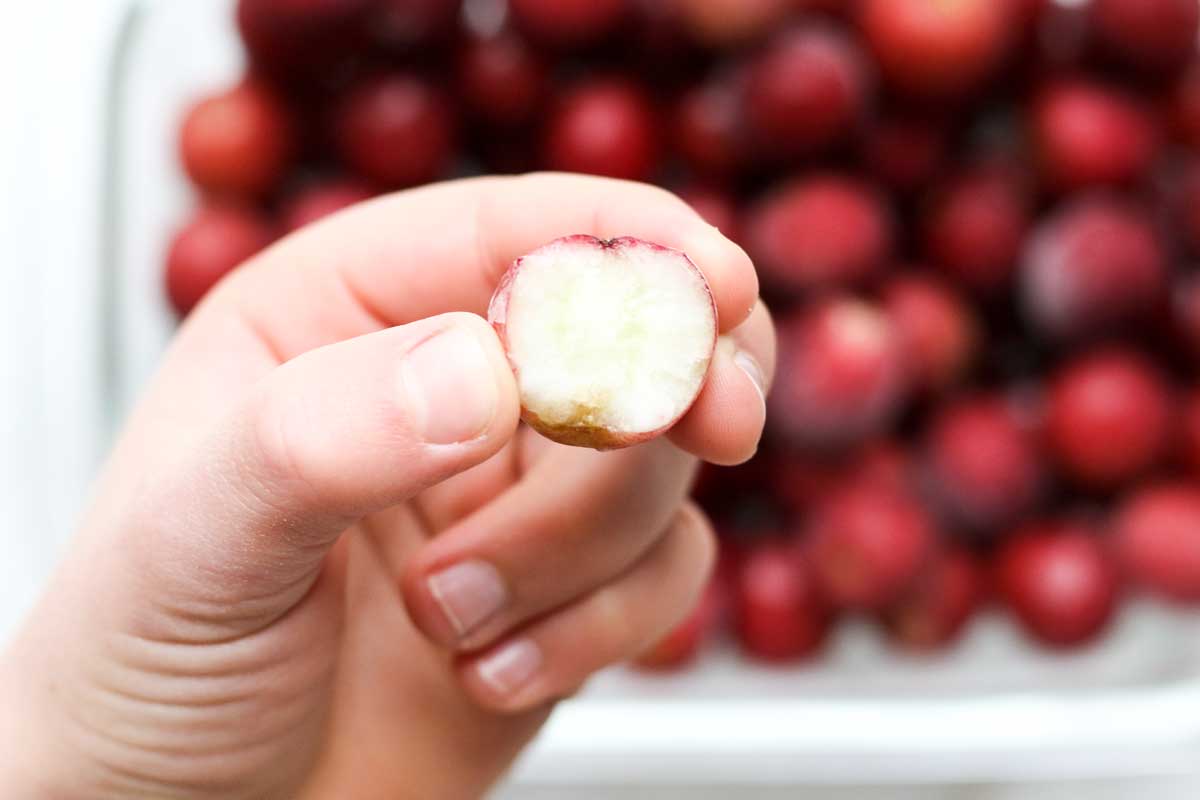


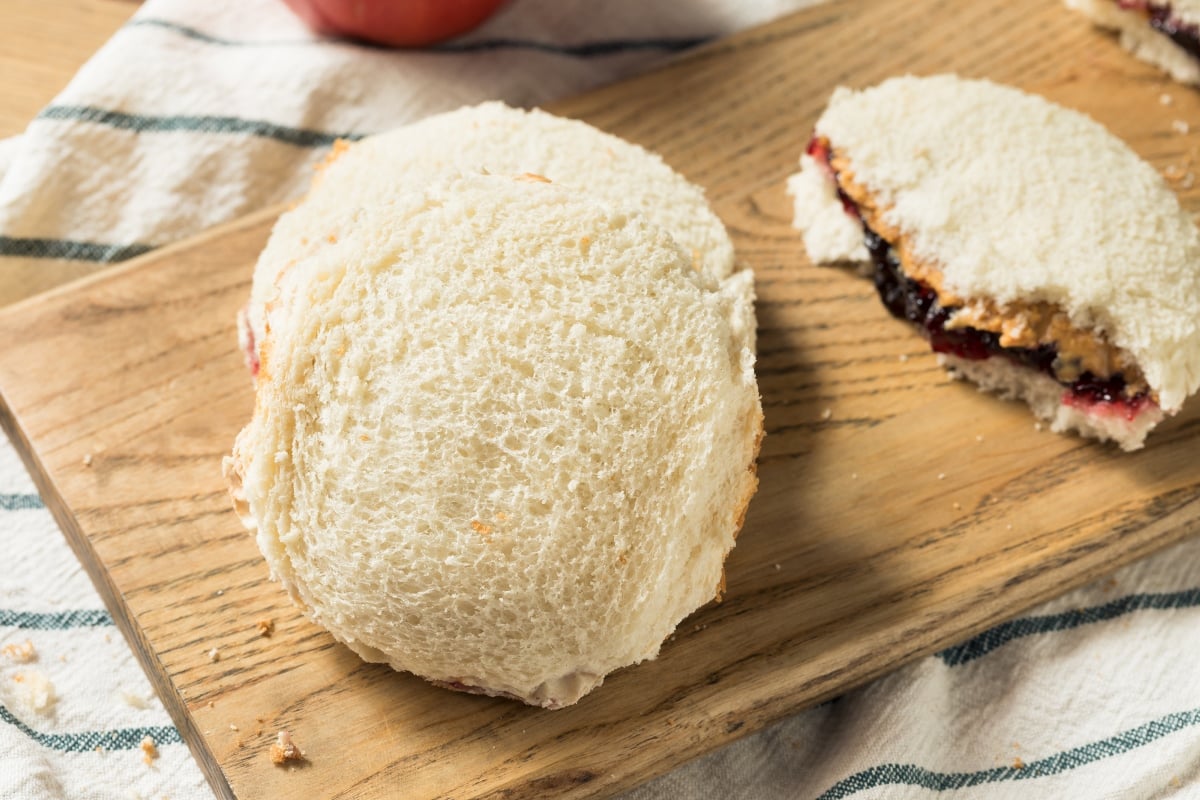

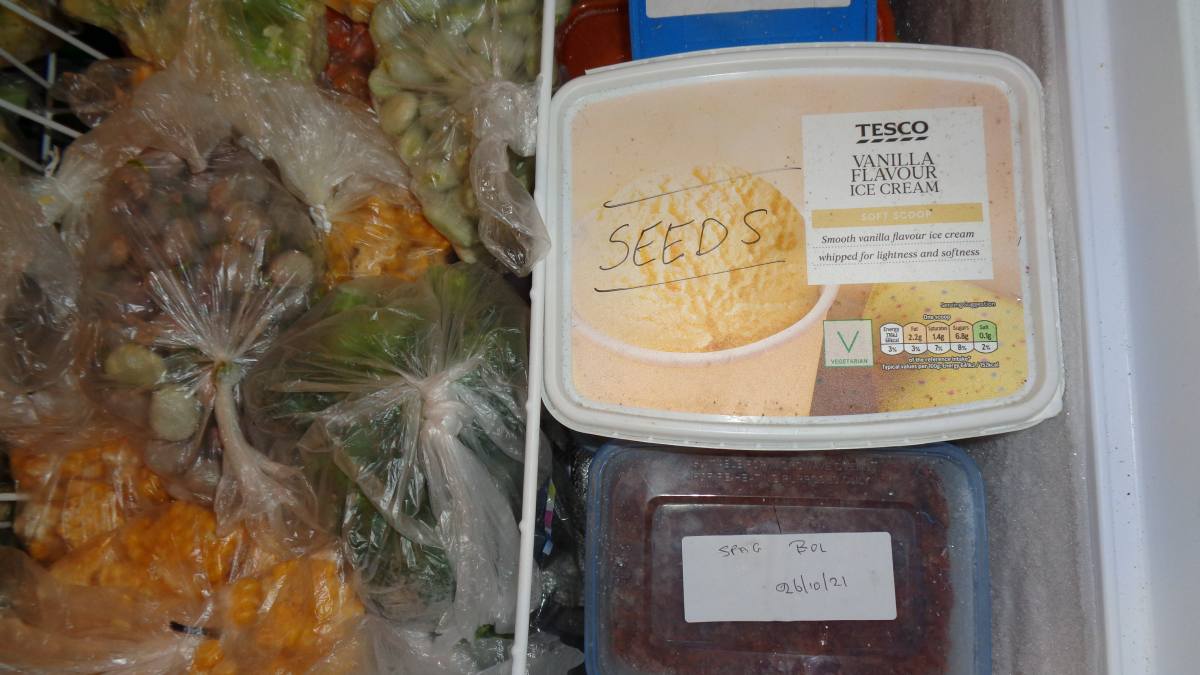


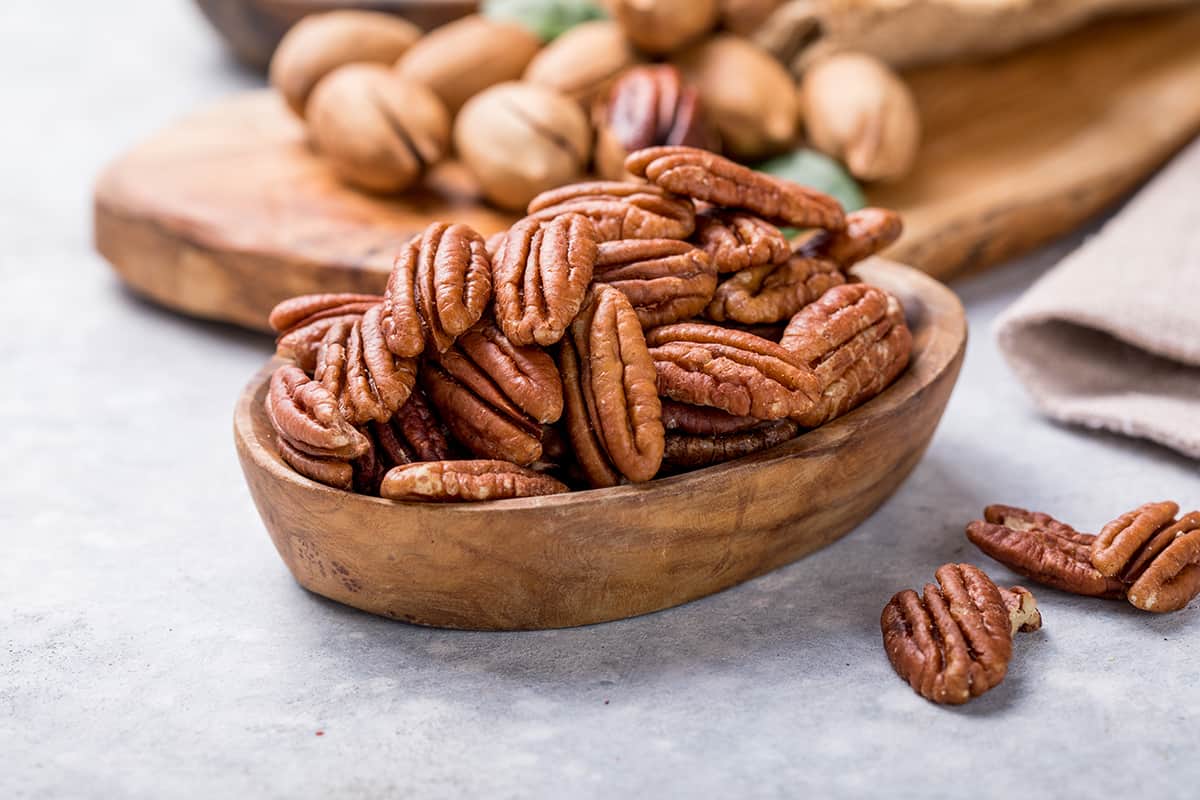
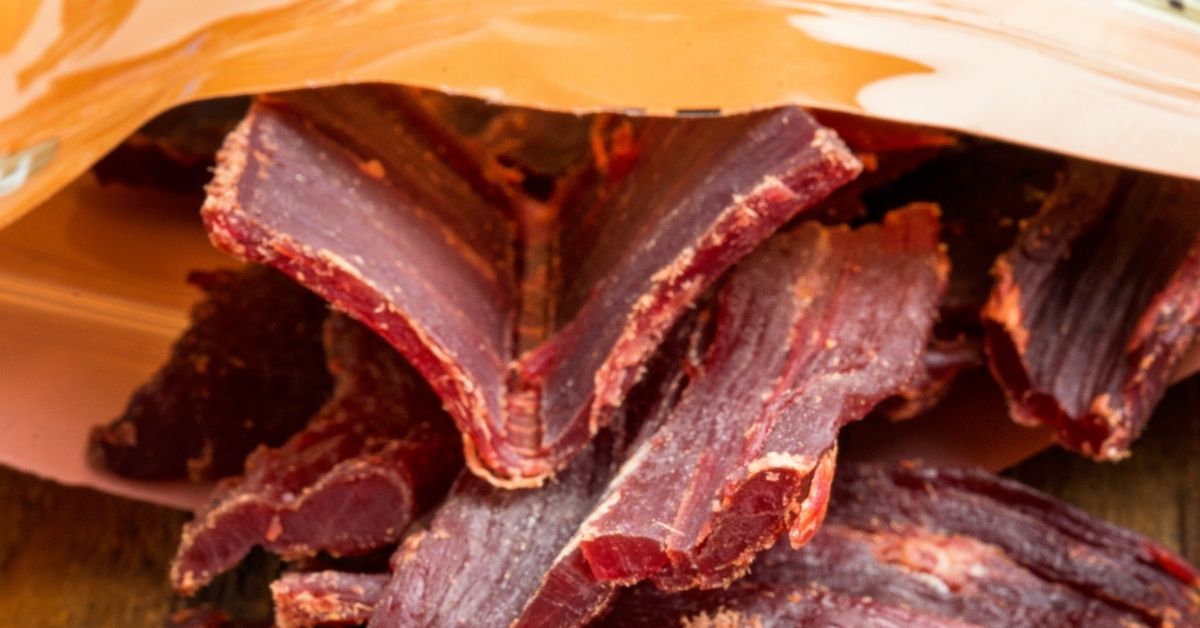

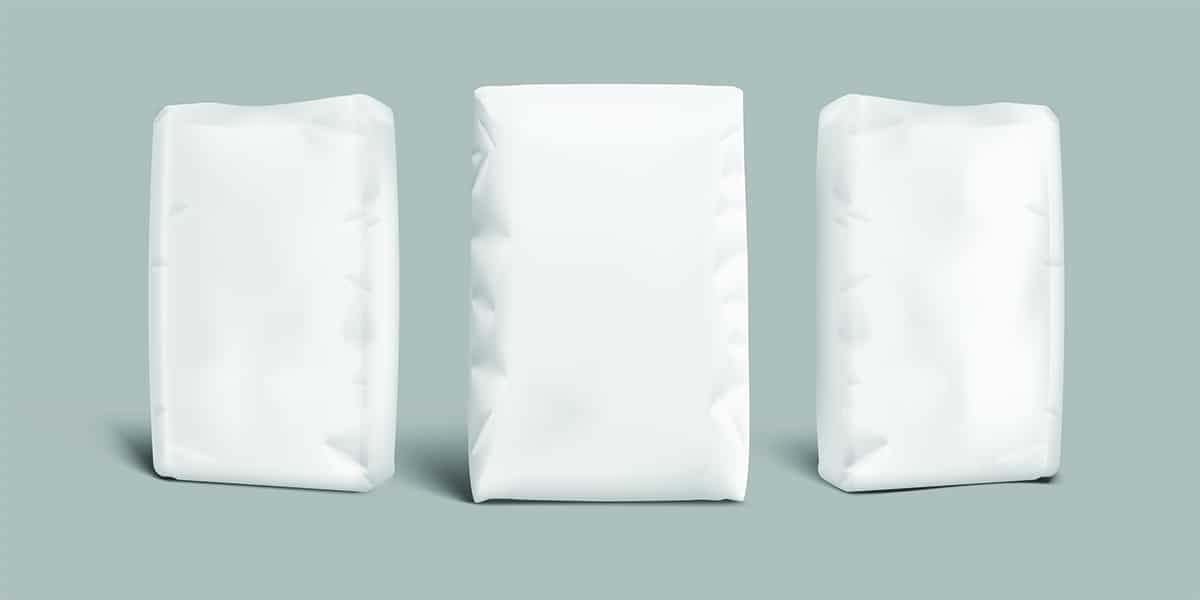

0 thoughts on “How Long Do Beans Last In The Freezer”